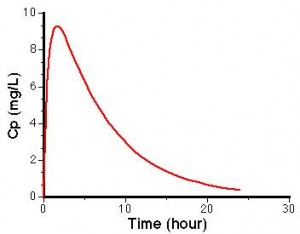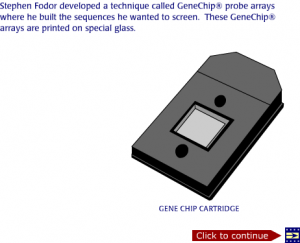Introduction
UV-Visible absorbance and fluorescence are both electronic phenomena which occur in molecules having conjugated π-electrons. UV-visible light absorbance and fluorescence are very important qualitative and even quantitative tools used in analytical chemistry. Since both these phenomena involve π-electrons, it is important to learn about the energy levels of π-electrons first. The animation below highlights the energy levels of π-electrons along with how certain molecules absorb UV-Visible light of particular wavelength and how certain molecules fluoresce. The animation is a 3-window animation where on the left is the instrument view demonstrating what would be observed instrumentally in a cuvette, on the right is the jablonski energy diagram explaining the electron energy states and on the bottom is the explanation for each section. Note- Please go through the other article on the Principle of UV-Visible Spectroscopy in order to fully understand the phenomenon of absorbance.
Animation
The animation below will explain the principle of fluorescence and UV-Visible absorbance with the help energy level diagrams. Press the play button in order to move ahead in the animation. To rewind the animation move the scroll bar to the left. Note that the animation text is color coded with respect to the part of the diagram it is depicting.
[swfobject]2501[/swfobject]
Transcript
1. Explanation of Energy of π-Electrons: The π-electrons of molecules can exist in two major states: The ground state (S0) or the state of resting, and the excited state (S1) or the state of higher energy(see Jablonski energy level diagram on the right part of the animation). These two states are singlet states. These energy states can further be divided into smaller energy levels as a result of vibrational energy levels (as indicated by the black horizontal lines).
2. Explanation for UV-Visible Absorbance: When light energy is shined upon a solution containing UV-visible light-absorbing molecules, the electrons of the molecules get excited from the ground state to an excited energy state (see Jablonski energy level diagram on the right part of the animation) resulting in the absorption of the light energy. The electrons then return to the ground state (see Jablonski energy level diagram on the right part of the animation) via loss of the absorbed energy through thermal dissipation (indicated by red vibrations of the molecule in instrument view- left of the animation) to the environment. This phenomenon results in absorption of light as seen in UV-Visible spectroscopy.
3. Explanation for Principle of Fluorescence: When light energy is incident on certain aromatic-conjugated molecules capable of fluorescence, the π electron systems of these molecules first absorb the incident light. The electrons in these systems therefore go from the ground state to the excited energy state (S1) (see Jablonski energy level diagram on the right part of the animation). Furthermore these electrons jump to different vibrational levels of the excited state as can be seen in the above Jablonski energy diagram. The electrons then go to the lowest vibrational energy level of the excited state via thermal dissipation of the energy (indicated by red vibrations of the molecule in instrument view- left of the animation). Since these molecules are capable of fluorescing, the electrons now jump from the lowest energy level of the excited to state, to different vibrational energy levels of the ground state via the emission of specific quantums of energy in the form of light. This light thus emitted results in fluorescence.
Books on Analytical Chemistry and Spectroscopy
Check out these good books for analytical chemistry and spectroscopy


